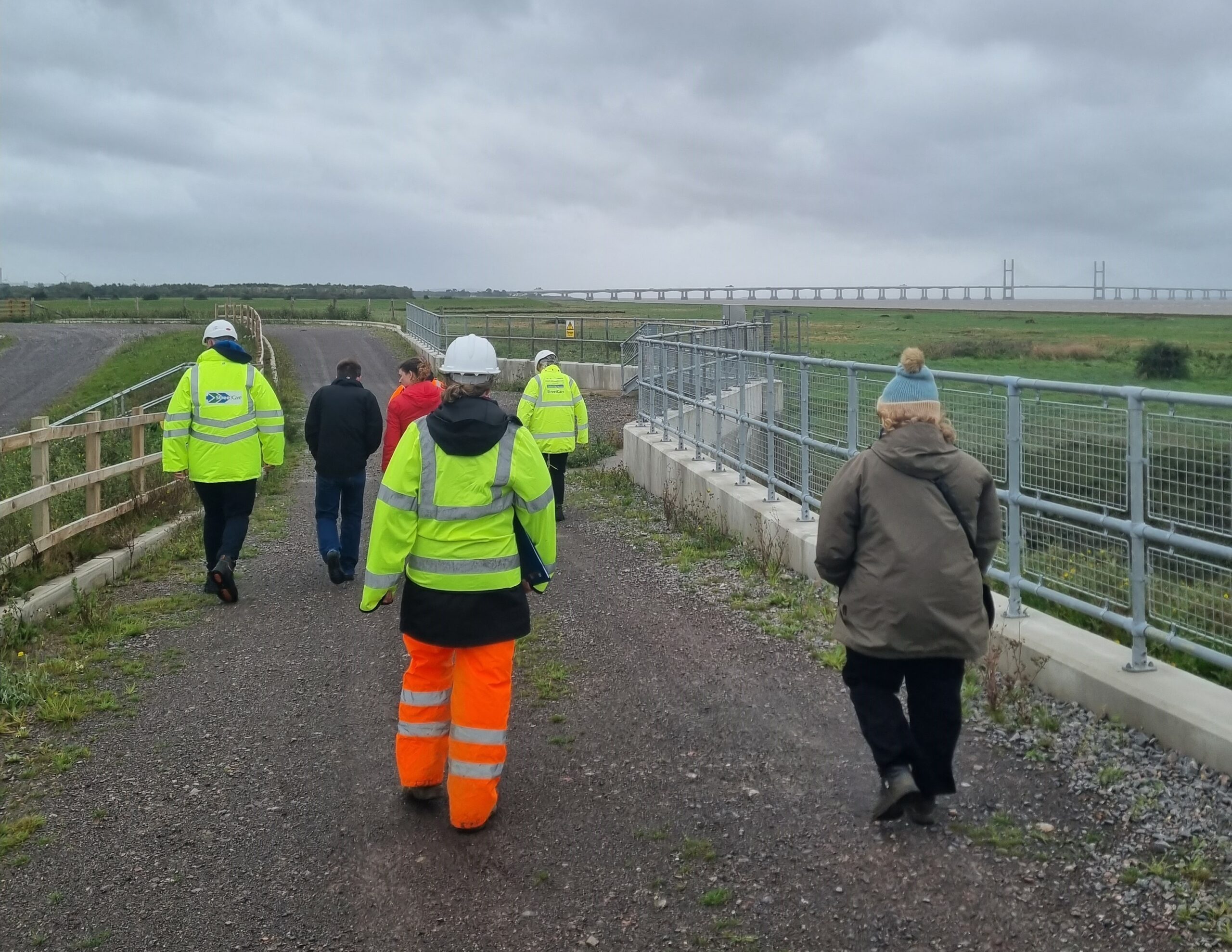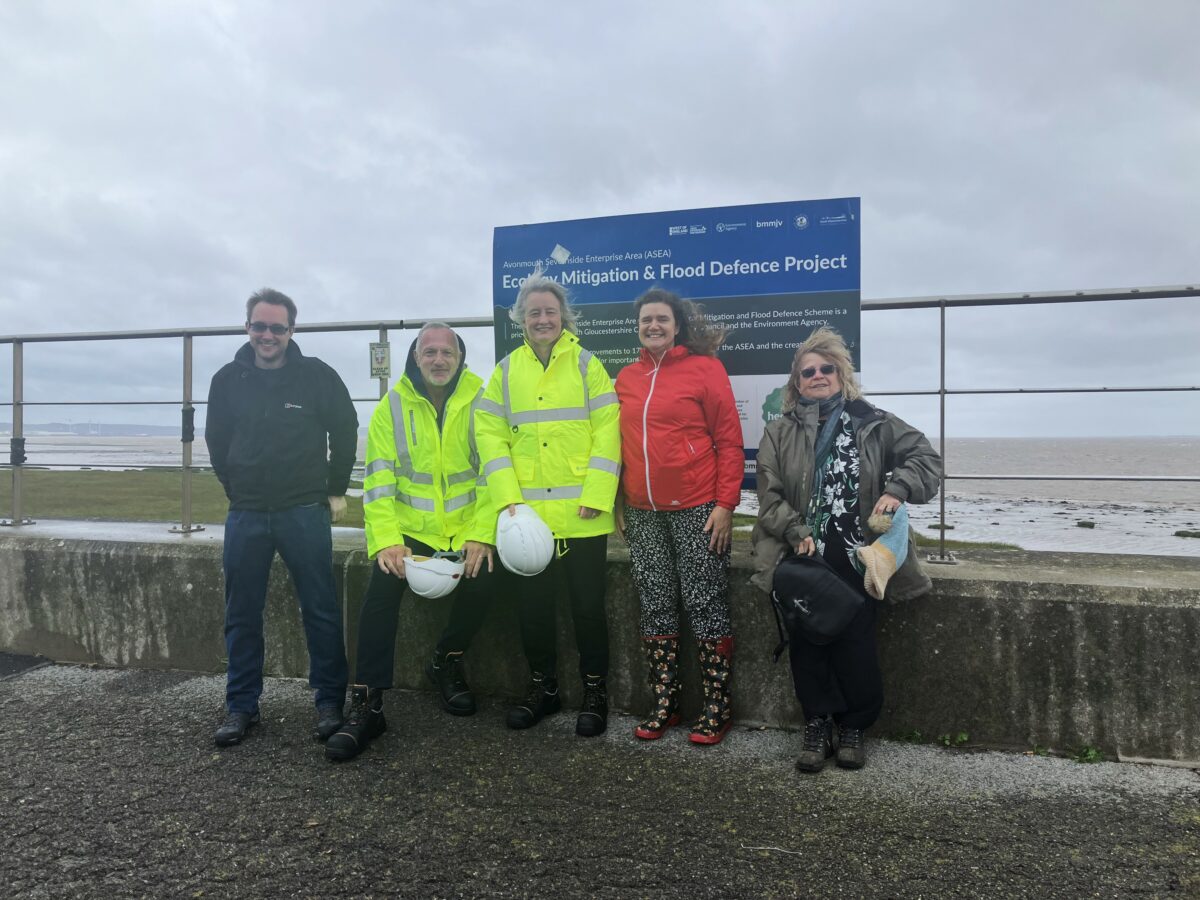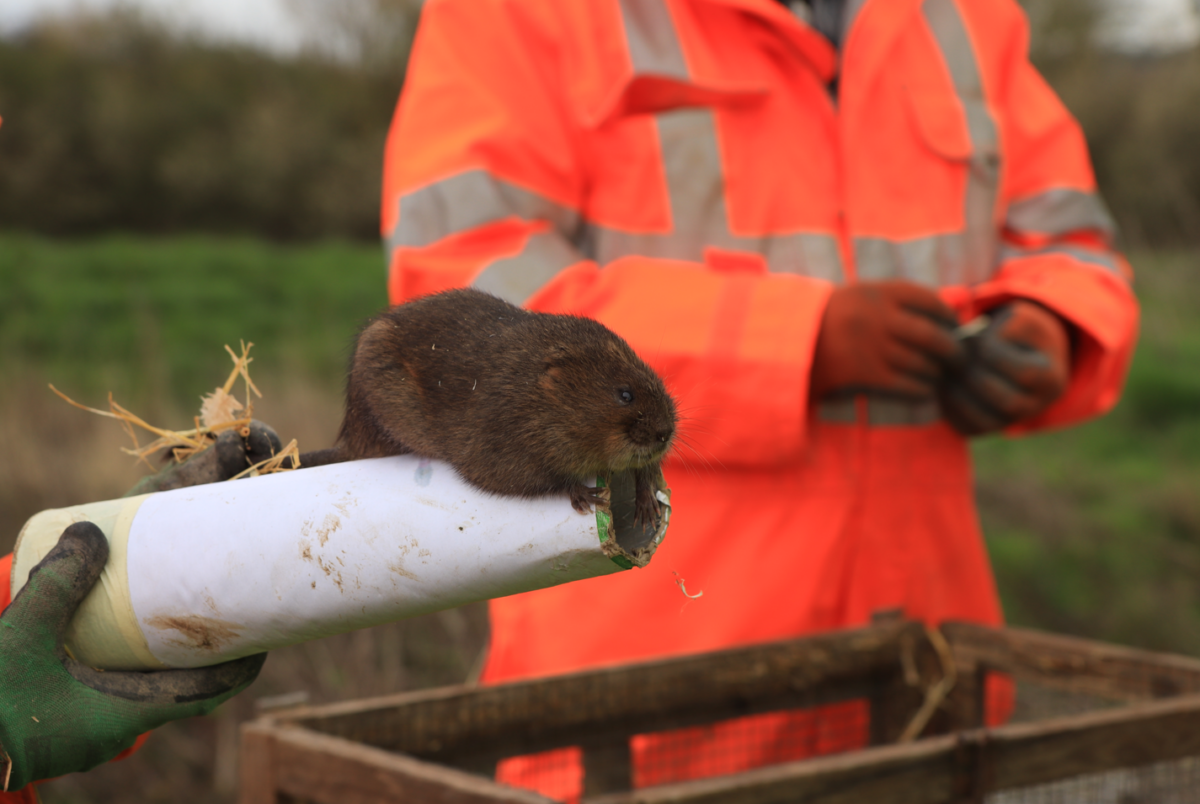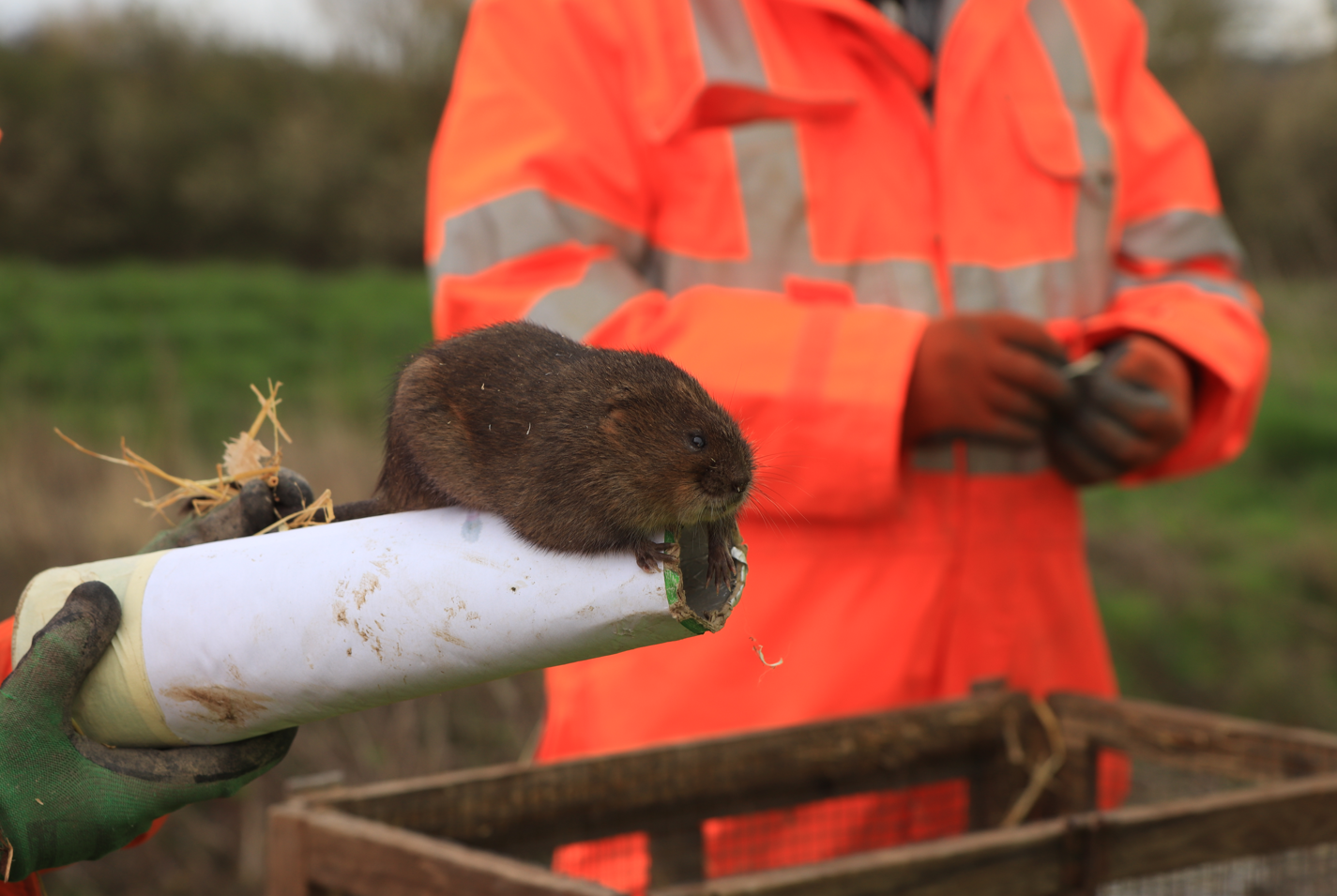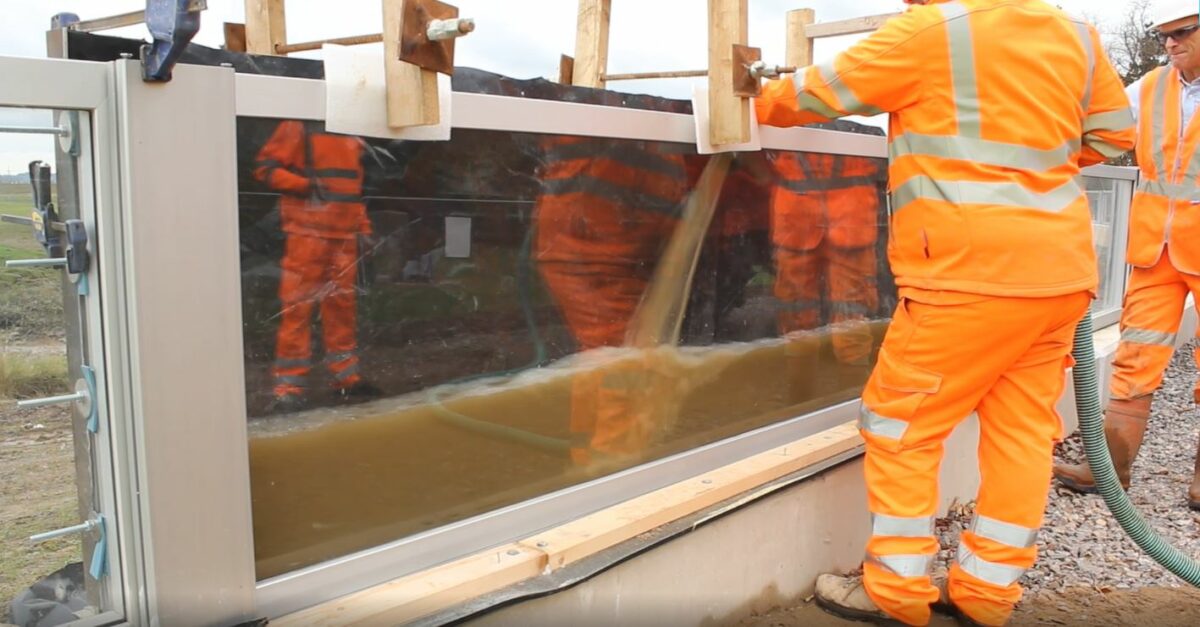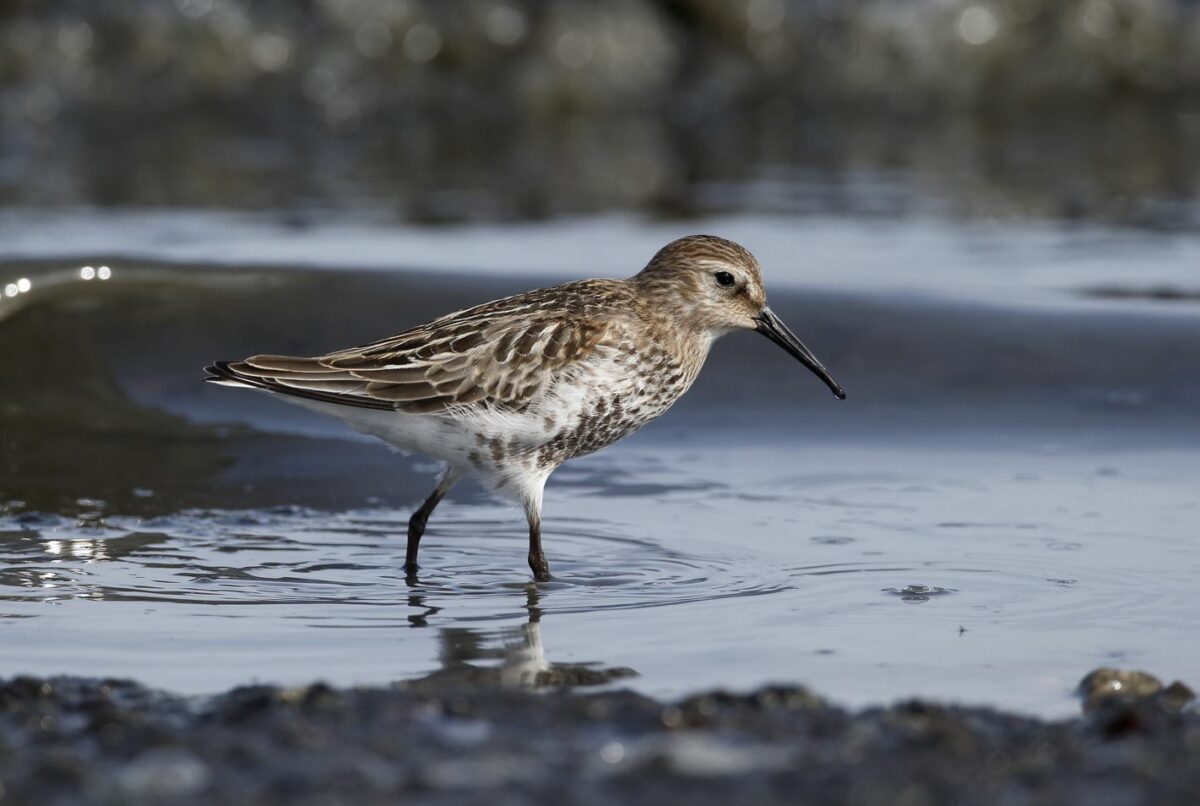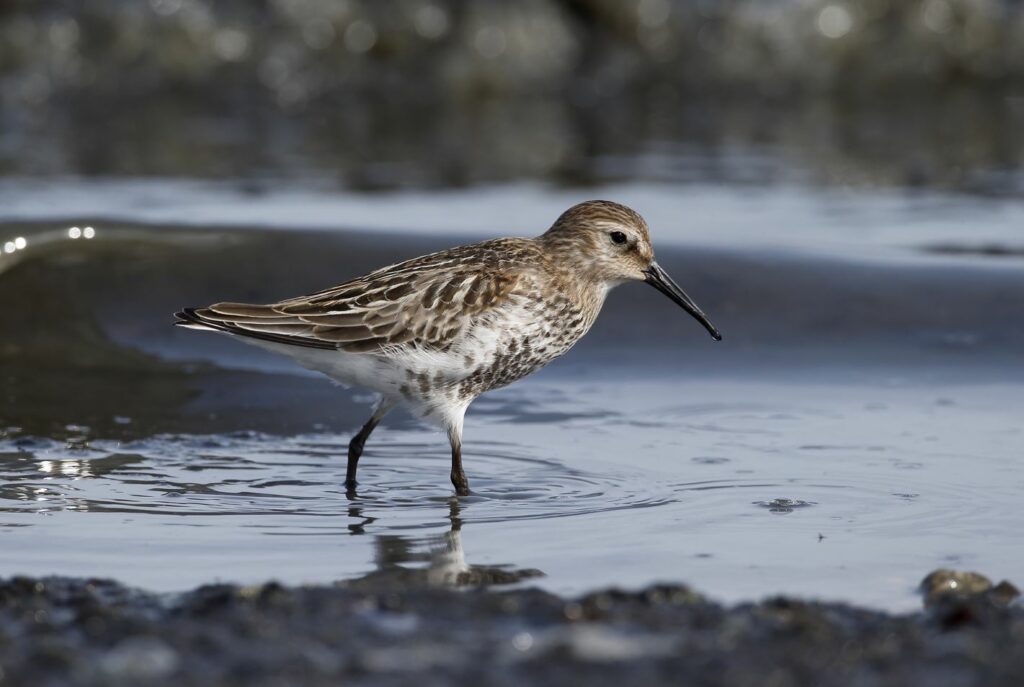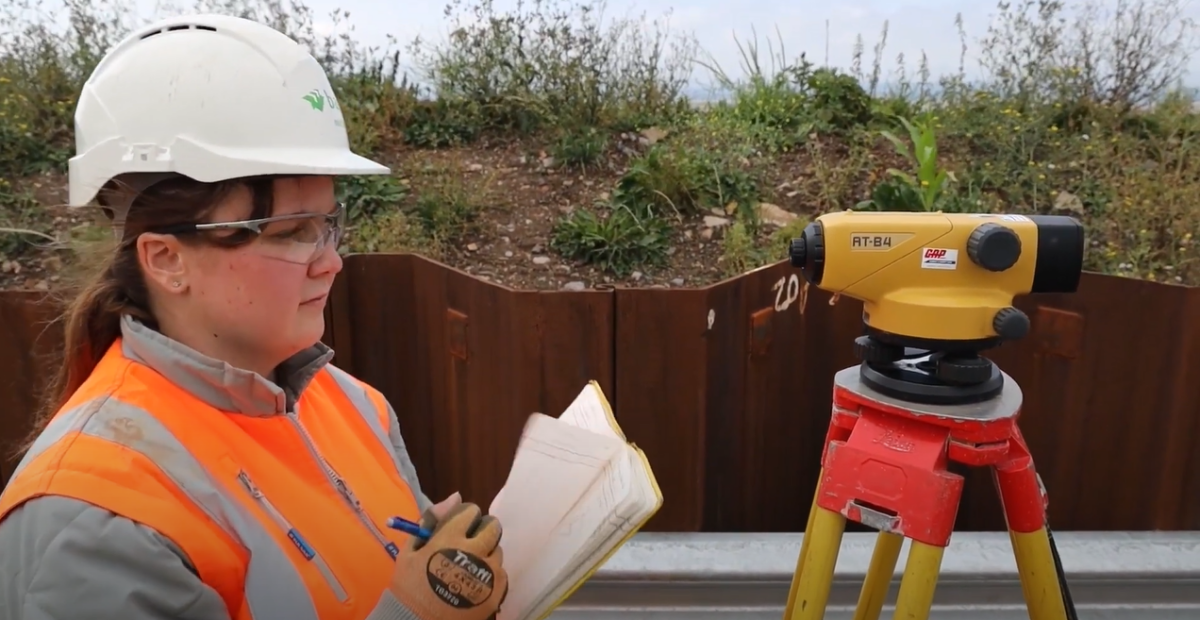News
Members of South Gloucestershire Council’s new cabinet visited the ASEA Ecology Mitigation and Flood Defence Project in September to learn about the project and see its significant progress for themselves. Once complete, the project will deliver 17km of flood defences from Aust in South Gloucestershire to Shirehampton in Bristol.
The five councillors from the new Liberal Democrat-Labour coalition enjoyed a minibus tour of key project sites in South Gloucestershire between Severn Beach and Aust.
Council Leader Cllr Claire Young, Co-Leader Cllr Ian Boulton, Co-Members for Climate and Nature Emergency, Cllr Louise Harris and Cllr Alex Doyle, and Cabinet Member for Planning, Regeneration, and Infrastructure, Cllr Chris Willmore were led on the tour by Tony Bajjada from BMMJV, the joint venture between engineering contractors BAM Nuttall and Mott Macdonald, and the project’s client representative, Ursula Stevenson.

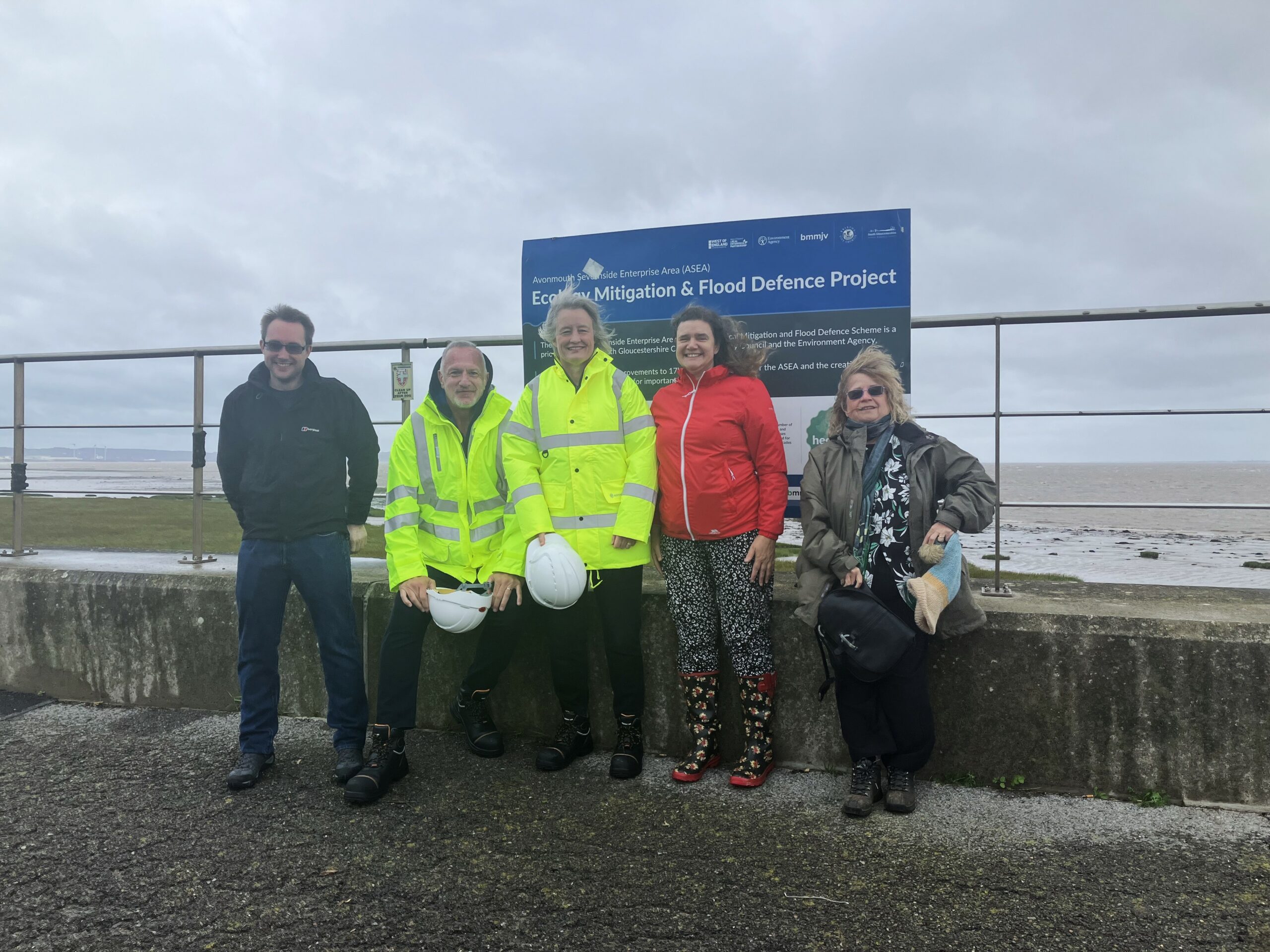
The councillors started their tour at the precast flood defence wall at Severn Beach. They then saw the new hybrid glass flood defence panel at New Passage, outfall structures at Cake Pill Outfall, raised embankments at Passage Road, and new wetlands created at Northwick.
With an opportunity to ask questions about all aspects of the scheme, the councillors learned more about this key infrastructure project and its benefits for the West of England economy.
Council Leader, Cllr Claire Young, said: “This project is vital for protecting our coastal communities and unlocking economic growth for the region. As well as learning how flood risk in South Gloucestershire is being reduced, it was great to see the upgraded walking routes and new wetlands which are being created in the area. We were grateful to get the chance to see the scheme up close and look forward to its completion in the coming years.”
Ursula Stevenson said: “We’ve made great progress on the project in the past few years, so we really valued the chance to show the new South Gloucestershire Council cabinet members our work. The flood defences and ecological mitigations we’re putting in place will benefit local businesses, residents, and wildlife for years to come, so it’s important that local decision-makers see first-hand what a difference we’re making. The day was a great success, and the project team would like to thank the councillors for joining the tour.”
